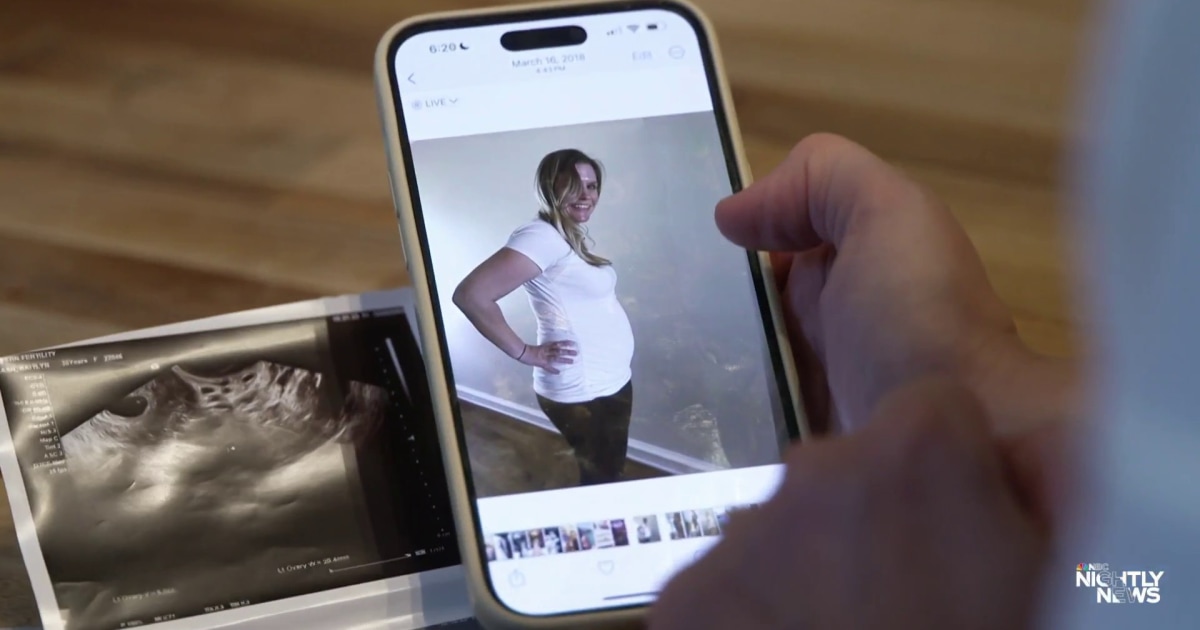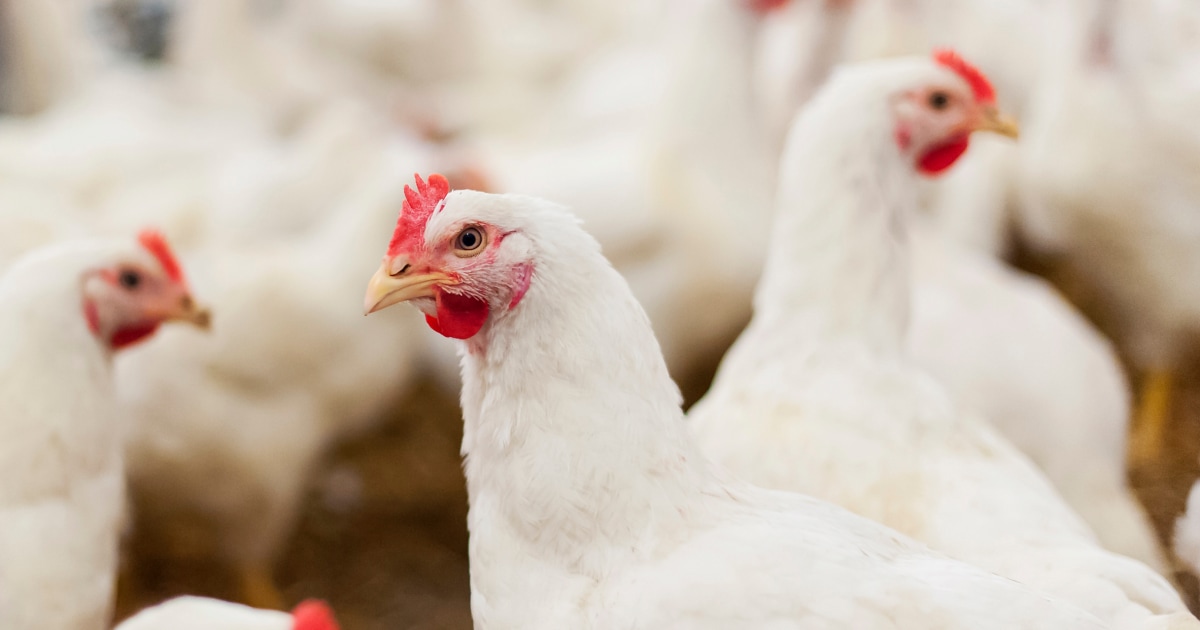On Saturday, the Mayor of Horwich , Cllr Ian Aldcroft, will open the latest Horwich Heritage exhibition which will be celebrating 120 years of Lever Park, the wonderful local recreational area that has been enjoyed by millions of visitors since it opened in 1904. Here Stuart Whittle, chairman of Horwich Heritage takes a look at the history of this public ‘oasis’ Most people in the Borough of Bolton will be aware of Lord Leverhulme, the local man who made his fortune from selling soap but who never lost his love for his home town and did more than anyone to help to improve the living conditions of its citizens. During his lifetime he paid for the building of Blackburn Road Congregational Church (known locally as the ‘Iron Church’) and the restoration of Samuel Crompton’s birthplace, Hall i’the Wood, his bequest paid for the establishment of Bolton School and he donated the land for the creation of Leverhulme Park and Lever Park.
In fact, he would have done even more for the town if the then Borough Council had let him go ahead with his ambitious plans for the redevelopment of Bolton town centre. Lever Park from the air, 1989 (Picture: Newsquest) His plans for Lever Park came about after he had acquired the Manor of Rivington from the Crompton family for £60,000 in 1900. The Rivington Hall Estate extended to over 2,100 acres and included the manorial seat of Rivington Hall, a number of farmsteads, two Anglo-Saxon barns and Rivington Pike with its famous watchtower.

Having agreed that the Cromptons could continue to live at the Hall, William Lever (as he then was) turned his attention to building a residence for himself high on the western slopes of the moorland just below the Pike. It is reputed that this was his favourite picnic spot which he visited with his wife-to-be during their courtship days. The story of his first bungalow, how it was burnt down by suffragette, Edith Rigby, and how he then built an even better one with exotic gardens is a story we have covered before, so for now we are now going to concentrate on his plans for Lever Park.
Having acquired the Rivington Hall Estate, William Lever offered some 400 acres to Bolton Corporation for use as a municipal park in 1901 however, before this could happen, Liverpool Corporation set about trying to compulsorily acquire the estate in order to protect the ‘watershed’ of their Rivington Reservoirs. Years of litigation followed, but eventually compensation for the compulsory purchase was agreed at twice the price Lever had paid for the estate and he was granted the right to lay out Lever Park at his own expense “for the use and enjoyment of the inhabitants of the County Borough of Bolton and generally of the public forever”. Work began on Lever Park in 1902 with the object of making it as “free, as accessible and attractive as possible”.
Access was provided by the creation a series of tree-lined avenues which focussed on the Hall and a replica of the ruins of Liverpool Castle (which was located on the eastern shore of Lower Rivington Reservoir). Shelter for the anticipated thousands of visitors was provided by the use of two large Saxon tithe barns: Rivington Hall Barn and Great House Barn, which were sensitively converted into refreshment rooms. When the Crompton family left after the death of John Crompton, the Hall was converted into a Picture Gallery and Art Museum open to the public free of charge.
Lever Park Avenue, February, 1961 With these facilities in place, the Park was officially opened in 1904 and Lord Leverhulme continued to develop his ideas for the park until his death in 1925. The main work, however, had been completed by 1911 at which time the workforce and villagers celebrated with a luncheon and dance at Rivington Hall Barn whilst the main guests celebrated in Rivington Hall. Incidentally, Liverpool Corporation officials were consulted at every stage of the Park’s development and raised no objections.
Probably the most audacious idea for the Park was to create on ‘open air zoo’. This was the first time this had been attempted in this country and long pre-dated any of the subsequent zoos of this kind at Longleat or Knowsley Safari Park. Lord Leverhulme brought in what were for the time exotic animals like zebras, zebu, wallabies, llamas, deer, emus and even lion clubs! Zebra roaming wild in Lever Park (Picture: Horwich Heritage) Most were allowed to roam free or were kept in large enclosures.
One can only wonder at the excitement this must have caused for the visitors who wouldn’t have seen anything like it in their relatively sheltered lives. Sadly, the zoo had to close in 1925 when Lord Leverhulme died although cometporary reports suggest that it took quite some time to round up all the wildlife which were then transported to other zoos around the country. At the entrance to Lever Park stand two granite pillars erected in 1934 by the 2nd Viscount Leverhulme in memory of his father who gave the park to the people of Bolton and the surrounding district.
The pillars inscriptions are: (Left Hand Pillar) LEVER PARK, THE GIFT OF WILLIAM HESKETH LEVER - 1ST VISCOUNT LEVERHULME – BORN AT 6 WOOD STREET, BOLTON SEPTEMBER 19TH 1851. DIED AT HAMPSTEAD, LONDON MAY 7TH 1925 – FOR THE BENEFIT OF THE CITIZENS OF HIS NATIVE TOWN AND NEIGHBOURHOOD. BY ACT OF PARLIAMENT IN 1902 THE OWNERSHIP AND CARE OF THE PARK WERE VESTED IN THE CORPORATION OF THE CITY OF LIVERPOOL.
(Right Hand Pillar) LEVER PARK – THESE PYLONS WERE ERECTED BY WILLIAM HULME, 2ND VISCOUNT LEVERHULME, TO COMMEMORATE THE GIFT OF LEVER PARK BY HIS FATHER 1934 During WWII, Lever Park became a ‘no go’ area being under military occupation for the purposes of Home Guard and troop training with the two barns being used for the storage of ammunition and equipment. Much of the parkland was ploughed and converted to growing produce. If you know where to look, there is still evidence of that occupation.
The park was opened up for public use again shortly after the war with the Salmon family taking over the running of the catering at the Upper and Lower Barns which they still do today. At the present time, United Utilities are the owners of Lever Park and are responsible for its upkeep but, most importantly, the general public are still able to enjoy its delights free of charge just as Lord Leverhulme intended all those years ago..



















